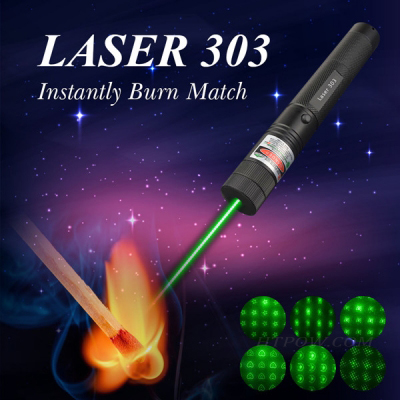Fiber lasers are lasers using rare-earth-doped glass fibers as gain media. Generally speaking, fiber laser pointer is mainly composed of pump source, isolator, combiner, doped fiber and other components. The pump source is composed of one or more high-power laser diode arrays. The pump light emitted by the pump source is coupled into the rare-earth element-doped fiber as a gain medium through a special pump structure. The photons at the pump wavelength are absorbed by the doped fiber medium. , The number of particles is reversed, and the stimulated light waves form a laser output through the feedback and oscillation of the resonant cavity mirror.
Compared with traditional solid and gas lasers, fiber lasers have the advantages of good laser beam quality, high energy density, high electro-optical conversion efficiency, good heat dissipation performance, compact structure, maintenance-free, flexible transmission, and a wide range of processable materials. Known as “the third generation laser.” The optical fiber green laser pointer‘s electro-optical conversion efficiency can reach 30% -35%, which is several times the efficiency of traditional solid and gas lasers, which is very energy-saving and environmentally friendly. The above-mentioned unparalleled technical advantages of fiber lasers make them widely used in materials processing fields such as engraving, marking, cutting, cladding, welding, surface treatment, etc., and are gradually replacing various physical processing, chemical processing, printing processing, etc. Traditional processing methods.
With the US IPG company selling the first Q-switched pulsed fiber laser in China in 2003, the development of commercial pulsed fiber Laser Engraver in the Chinese market has officially begun. In 2004, the British SPI company based on the University of Southampton technology introduced the MOPA tunable pulse-width fiber laser into the Chinese market with the application of American Apple products as an opportunity. Since then, for five years, the Chinese fiber laser market (Q-switched fiber laser and MOPA fiber laser) has been monopolized by the two laser companies to more than 90%.
